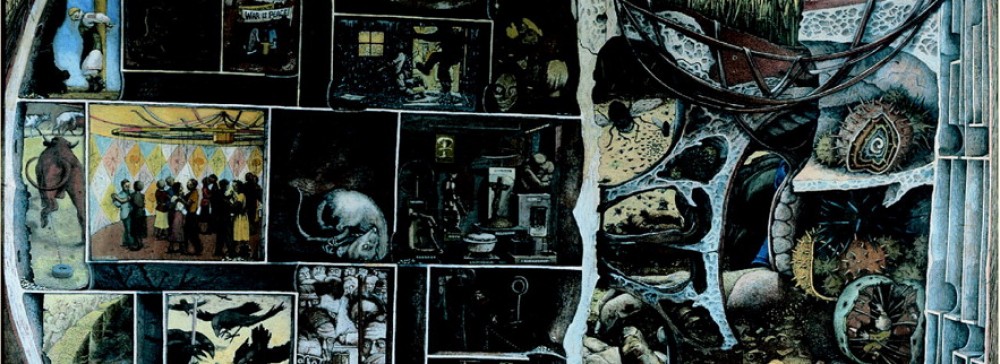Psychosurgery. Electroshock. These terms may evoke the deranged visage of Jack Nicholson receiving electroshock therapy in One Flew Over the Cuckoo’s Nest. Or bring to mind the fragile, ghostly Catherine Holly of Tennessee Williams’ Suddenly Last Summer, a young woman who is institutionalized and threatened with lobotomy when she suffers an emotional breakdown.
Psychosurgery has a troubled and lurid past—procedures designed in the late 19th and early 20th century were imprecise, ethical abuses were rampant and many patients died or lapsed into vegetative state for the rest of their lives. But variations on those procedures have survived and have been quietly making a comeback. Today, some doctors attempt to treat severe mental illness, addiction, Parkinson’s disease and pain with deep brain stimulation, by which they implant electrodes into the brain, or cingulotomy, which essentially involves burning holes in the frontal lobe. Harvard Medical School’s Massachusetts General Hospital provides an overview of the history of psychosurgery and some current procedures here, and suggests that it is probably underutilized as a treatment option.
Electroshock, altering the brain with electrical currents, is also experiencing something of a revival for treatment of severe depression. The difference is that today general anesthesia is applied and the currents are administered in much smaller doses, according to the Mayo Clinic.
One non-invasive experimental therapy being tried on some individuals who hear voices, a prominent feature of schizophrenia and other psychoses, is transcranial magnetic stimulation (TMS) treatment. Recent studies have suggested that repetitive TMS (or rTMS) may work for certain patients. Hearing the Voice posted last week about a recent meta-analysis that concluded that rTMS could be a viable treatment option for auditory hallucinations, although the duration of the effect may be less than one month. The authors of the meta-analysis recommended further study.
The Hearing the Voice posters point out that rTMS is not electroshock therapy. “rTMS is not unpleasant to receive – you simply feel a tapping sensation on your scalp, under the coil. Side effects of rTMS are also minimal, with not much more than occasional transient headaches, and some facial musculature twitching during stimulation being reported in published trials.”
Better “sham conditions” or controls are also needed in the studies, says Hearing the Voice. Some believe that rTMS works by placebo. This is hard to disprove because it is difficult to replicate the experience of receiving rTMS without actually administering the treatment.
Another November study, also written about in Hearing the Voice, found that those who benefitted from TMS—i.e. had fewer auditory hallucinations after treatment—had greater blood flow in the left superior temporal gyrus (which involves speech perception and comprehension) before treatment. The authors of the study suggest that only those who fit this description may benefit from TMS.

